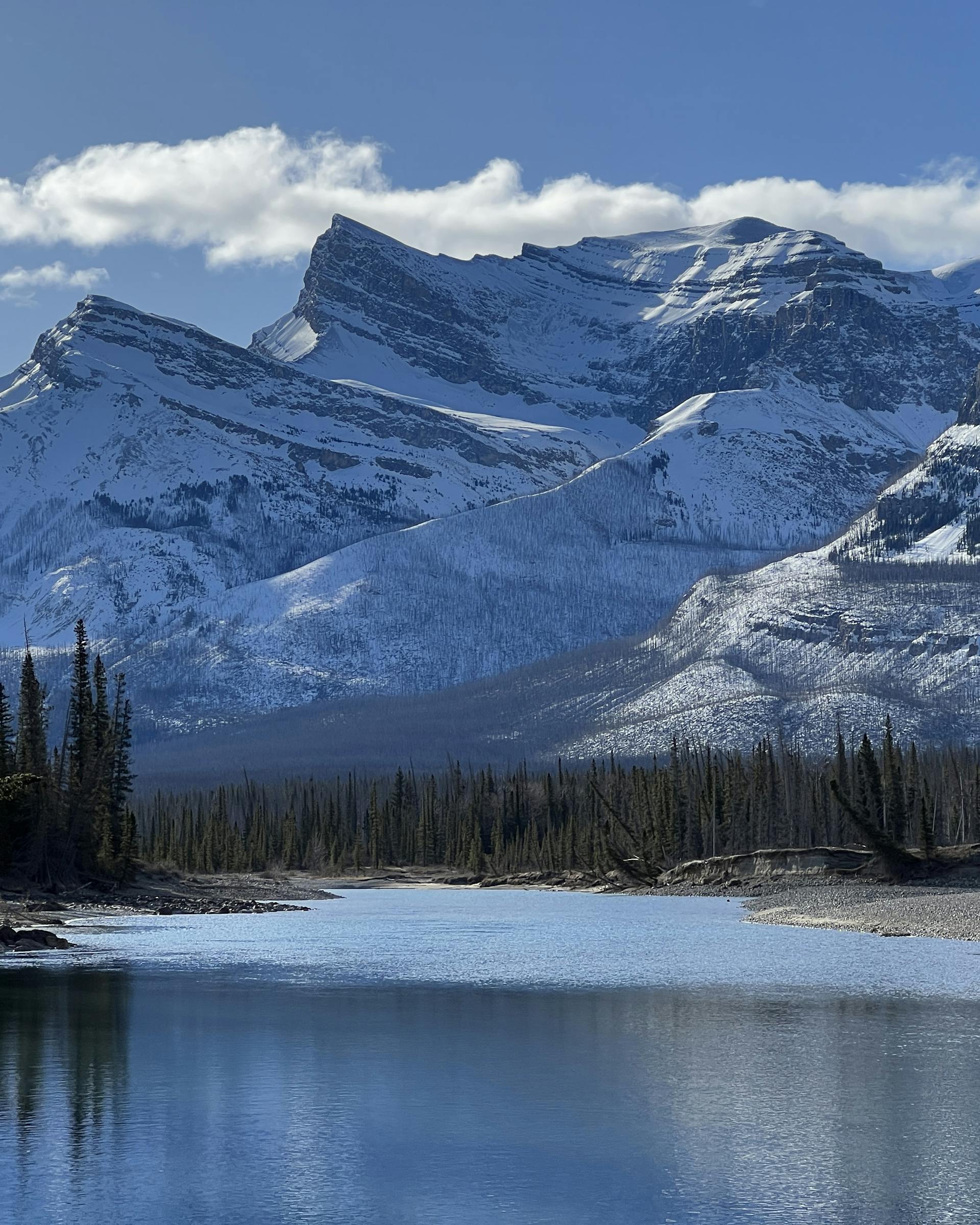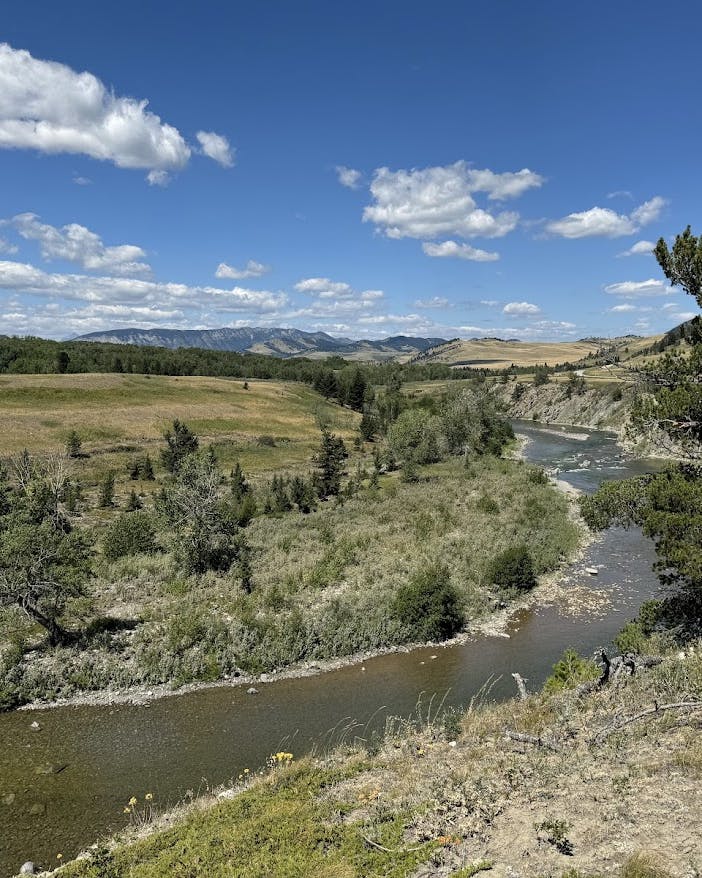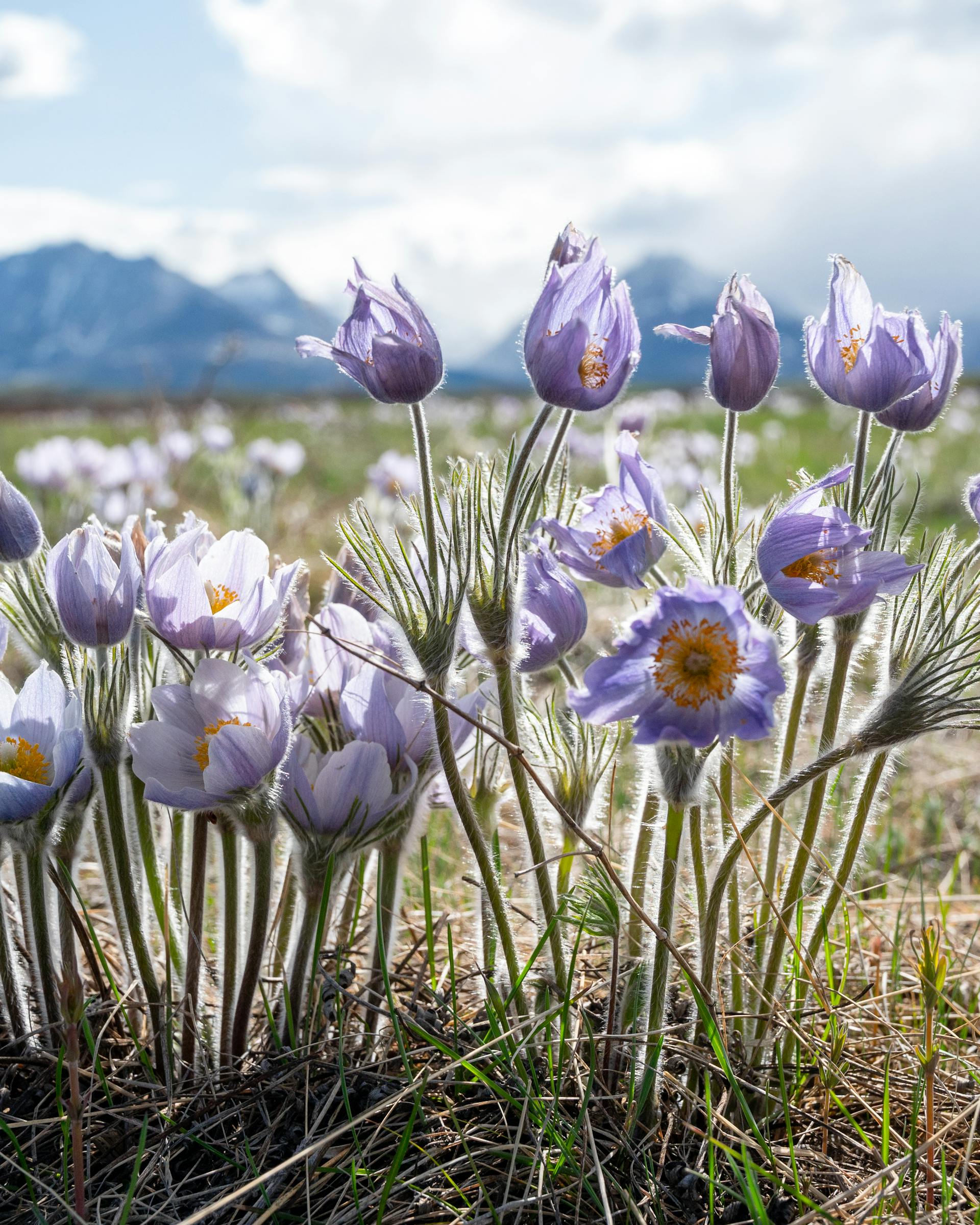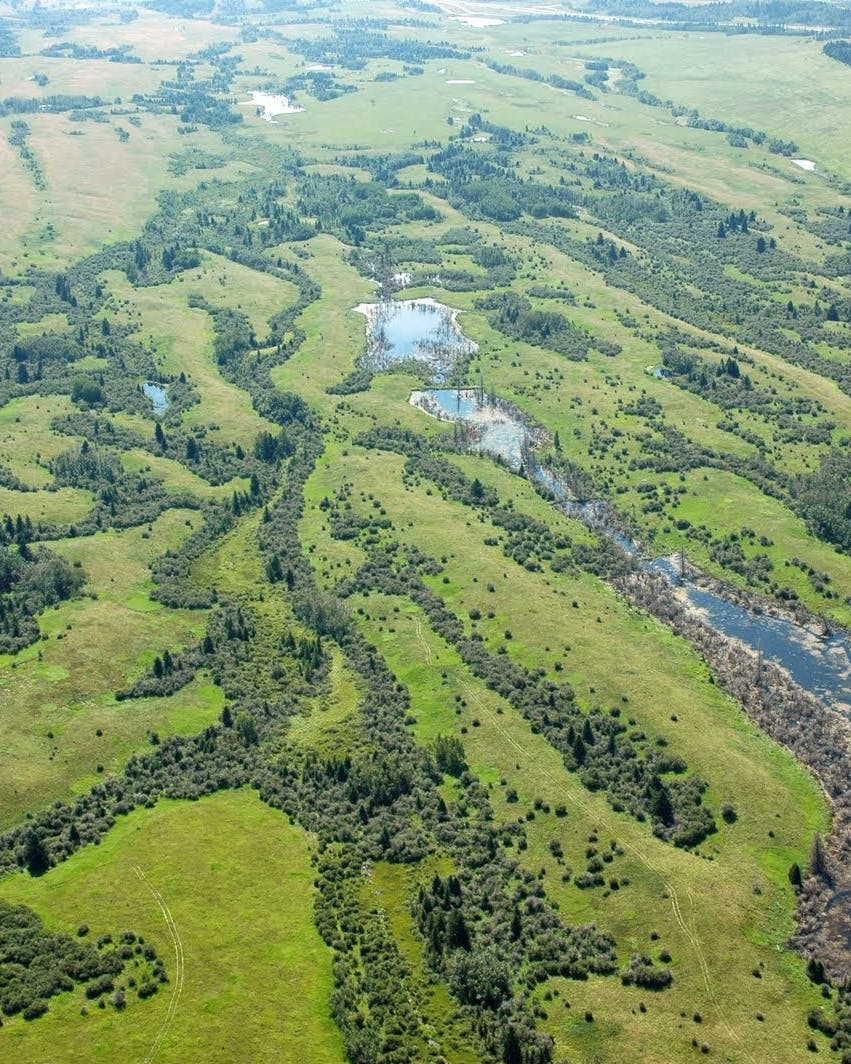Kainais’ skahkoyii range guide and invasive monitoring program
Kainai First Nation
Other
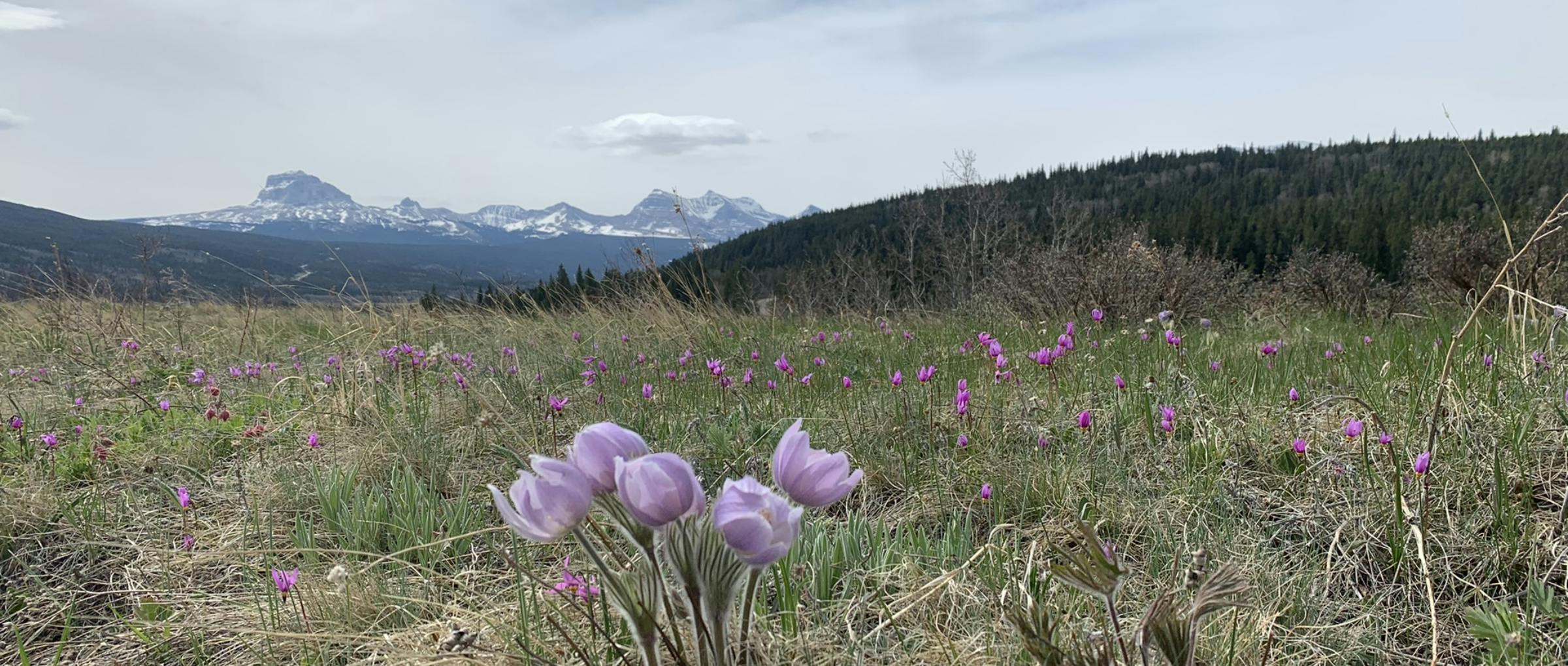
Kainais’ skahkoyii, home to the Blackfoot people, includes over 38,000 acres of native grasslands, an important cultural resource, and a significant tract of globally endangered temperate grasslands. These lands have been stewarded by the Blackfoot for millennia supporting spiritual and cultural practices. Grasslands on the reserve are under threat from multiple pressures, but enhanced management tools can help steward and safeguard these lands. The development of an invasive plant monitoring framework and a range of plant community guides will support land use decisions. These initiatives work in harmony to support the holistic management of culturally significant native grasses and medicines in the Blood Reserve.
The development of a Kainais’ skahkoyii Plant Community Guide provides equity in access to achieving environmental outcomes by ensuring that land managers on the Reserve have the same tools available to support land management as the rest of the province. There are many plant communities on the reserve that are now captured and described, developing this resource provides the same level of detail and confidence as provincial range plant community guides that support land use decisions across Alberta, ensuring the same level of access to decision support tools on the Reserve as is accessible outside of the Reserve. This fills a significant gap which on-reserve funding has not been able to support and that relationships with the provincial government have not been able to facilitate.
Invasive species are one of the greatest threats to the large, ecologically and culturally significant grasslands on the Reserve and are expected to become a greater problem with escalating climate change. Minimizing the spread and impact of invasive plants on traditional plants and the function of the grasslands is a priority for Blood Tribe Land Management. A complete inventory of the locations and relative size of plant invasions provides focus management on the most critical invasions.
This project directly addresses several Truth and Reconciliation Commission Calls to Action, providing social and environmental benefits. By understanding the land, the plants and their interaction with animals, climate, and disturbance, they are able to make informed management decisions that braid together Western science and traditional ecological knowledge. These tools were built with the same level of detail and confidence as other ecological tools used in Western Canada, but they are built for and owned by the Blood Tribe.
Capacity-building through community engagement and training was an important component of the project to ensure that effective and meaningful consultation and inclusion of knowledge, vision and goals are woven into the tools. A collaborative workshop was held with BTLM Lands, consultants and community members. Topics discussed included the Survey123 weed app, areas of concern regarding invasive plants, sampling areas to consider (Bullhorn, Old Agency butte, Fish Creek, coulees), use of Blackfoot language, logistical considerations, land occupant contacts and knowledge sharing with the community.
Discussions are ongoing with the Government of Alberta for project support and partnership opportunities. We have discussed the development of a data-sharing agreement to utilize government tools while protecting Blood Tribe Data. GOA has offered in-kind supports to help with staff training, field support and data analysis.
Related projects
Explore a showcase of projects that we've funded.
